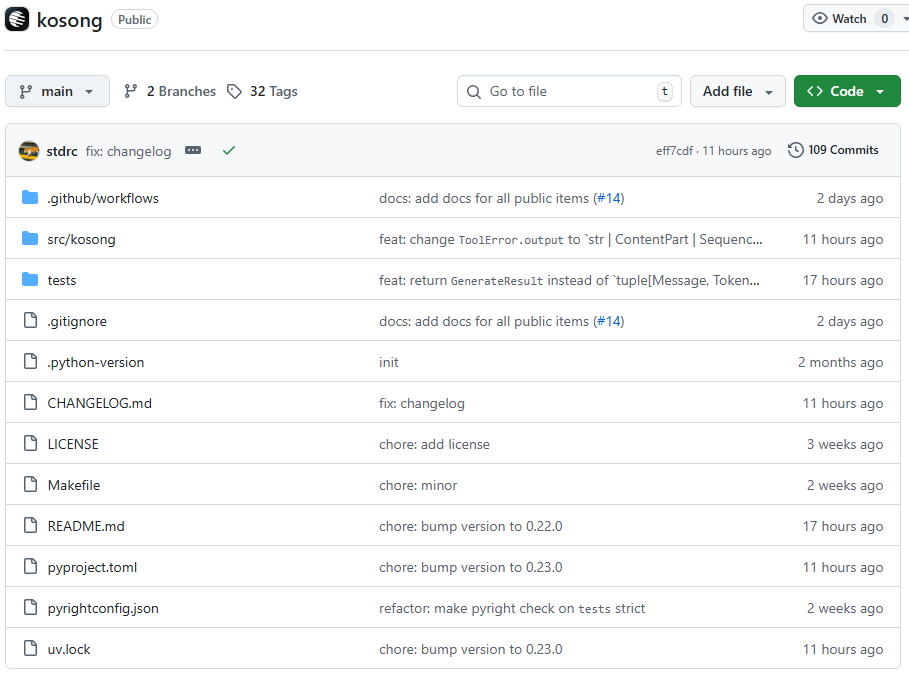ByteDance has announced the launch of Efficient Pretraining Length Scaling, leveraging a novel Parallel Hidden Decoding Transformer (PHD-Transformer) framework to significantly improve the efficiency and performance of large language models (LLMs) during long-sequence pretraining. According to AIbase, this technology supports training with context lengths up to 2048K (2M) while maintaining inference efficiency, overcoming bottlenecks in data heterogeneity and computational balance inherent in traditional frameworks. The related research has been published on arXiv, generating significant interest within the AI research community.

Core Innovation: PHD-Transformer Optimizes Long-Sequence Training
ByteDance's PHD-Transformer achieves efficient length scaling through unique key-value cache (KV Cache) management strategies and architectural optimizations. AIbase highlights the key technological advancements:
Innovative KV Cache Management: PHD-Transformer distinguishes between original tokens and hidden decoding tokens. It only retains the KV cache for original tokens to support long-range dependencies, discarding hidden decoding tokens immediately after generation. This maintains the same cache size as traditional Transformers, reducing memory requirements.
Sliding Window Attention Mechanism: Two variants are introduced: PHD-SWA (Sliding Window Attention) and PHD-CSWA (Chunk-wise Sliding Window Attention). PHD-SWA preserves local dependencies, while PHD-CSWA processes data in chunks to eliminate the linear increase in pre-filling time, accelerating training speed.
Data Heterogeneity Optimization: Addressing the skewed distribution of sequence lengths in training data (e.g., 80% of samples in the Byted dataset are ≤4K, while 0.05% are ≥2M), the technology uses dynamic context parallelism to reduce redundant communication for short sequences, ensuring computational balance.
High-Throughput Performance: Experiments training LLaMA-7B (2M context length, 1024 GPUs) on the Byted dataset show that PHD-Transformer significantly improves throughput (tokens per second), outperforming traditional baseline methods.
AIbase notes that community testing demonstrates PHD-Transformer's exceptional flexibility in training with mixed short and long sequences. Communication overhead is significantly reduced, especially when handling the heterogeneity of datasets like GitHub and Byted, resulting in an overall training efficiency improvement of approximately 1.7 times.

Technical Architecture: Algorithm and System Co-design
PHD-Transformer builds upon ByteDance's ByteScale framework, further integrating algorithm and system optimizations. AIbase analysis reveals core components:
Dynamic Parallelism Strategy: Combining data parallelism and context parallelism, it breaks away from traditional static grid designs (e.g., 2D grids). Adaptive grouping reduces redundant communication for short sequences, addressing the O(S) communication complexity problem.
Computational Balance Optimization: Addressing the O(S²) computational complexity of long sequences, PHD-Transformer uses micro-batch adjustments and dynamic partitioning to ensure balanced execution time across devices, minimizing synchronization waiting.
VeOmni Framework Support: Integrated with ByteDance's VeOmni training framework, leveraging PyTorch's native features and modular design, it supports seamless scaling across accelerators, and transparent training scripts enhance developer control.
Low-Precision Training Compatibility: Combined with 4-bit communication quantization techniques (e.g., SDP4Bit), it achieves a 4.08x end-to-end throughput improvement on a 128 GPU scale while maintaining almost unchanged training loss.
AIbase believes that the co-design of PHD-Transformer with ByteScale and VeOmni reflects ByteDance's deep accumulation in full-stack optimization, particularly excelling in ultra-large-scale clusters (>12,000 GPUs).
Application Scenarios: From Language Models to Multimodal Expansion
The release of Efficient Pretraining Length Scaling offers broad application prospects for AI development. AIbase summarizes key scenarios:
Ultra-Long Context Language Models: Supporting 2M context length pretraining, suitable for tasks requiring ultra-long sequence understanding, such as legal document analysis and long-form literature summarization.
Multimodal Model Training: Extending to image, video, and text mixed training through the VeOmni framework, supporting ByteDance's Doubao model and multimodal applications (e.g., TikTok content recommendation).
Reinforcement Learning and Inference: Optimizing long-sequence reinforcement learning (RL) tasks, such as Seed-Thinking-v1.5 training, accelerating iteration speed and improving model stability.
Enterprise-Level AI Deployment: Low memory requirements and high throughput are suitable for resource-constrained environments, enabling efficient AI system construction for small and medium-sized enterprises.
Community feedback shows the technology excels in handling long-sequence tasks in the Byted dataset (e.g., samples ≥2M accounting for 12.1% of tokens), significantly improving the model's generalization ability for complex tasks. AIbase observes that its open-source nature further promotes collaboration between academia and industry.
Getting Started: Developer-Friendly, Rapid Deployment
AIbase understands that the PHD-Transformer code and pretrained models are open-sourced on GitHub (github.com/ByteDance-Seed), supporting PyTorch environments and multi-accelerator deployment. Developers can quickly get started with these steps:
Clone the ByteScale and VeOmni repositories, install Python 3.9+ and PyTorch dependencies.
Configure the training dataset (e.g., FineWeb or a custom Byted dataset), setting the 2M context length.
Use the provided qwen2_5.yaml configuration file and run the train.sh script to start PHD-SWA or PHD-CSWA training.
Merge distributed checkpoints using ByteCheckpoint and export the Hugging Face format model.
Community-provided Docker images and Hugging Face integration simplify the deployment process. AIbase recommends developers prioritize testing the PHD-CSWA variant to optimize pre-filling efficiency in large-scale clusters and refer to the arXiv paper for detailed hyperparameter settings.
Community Feedback and Future Improvements
Following the release, the community highly praised its efficiency and stability in long-sequence training. Developers called it "opening a new path for large-scale training of ultra-long context models," particularly outperforming frameworks like Megatron-LM in mixed-sequence scenarios. However, some users pointed out that PHD-Transformer's optimization for short-sequence tasks still needs further adjustment, suggesting the addition of automated hyperparameter tuning tools. The community also expects the technology to expand to multimodal world model training, incorporating video and 3D data. ByteDance responded that future versions will explore Mixture-of-Experts (MoE) integration and more efficient quantization strategies to further reduce training costs. AIbase predicts that the technology may be combined with Hailuo Image or the HunYuan 3D engine to build a unified cross-modal generation framework.
Future Outlook: Continued Breakthroughs in AI Training Efficiency
ByteDance's Efficient Pretraining Length Scaling technology, through the PHD-Transformer and ByteScale frameworks, demonstrates the powerful potential of algorithm-system co-design. AIbase believes that its success at 2M context length and 12,000+ GPUs not only pushes the efficiency limits of LLM pretraining but also lays the foundation for multimodal and reinforcement learning tasks. With the open-sourcing of the VeOmni framework and community contributions, the technology is expected to become a standard tool for AI training, similar to the Hugging Face ecosystem. AIbase anticipates further iterations from ByteDance in 2025, particularly in low-power training and dynamic data scheduling breakthroughs.
Paper Address: https://arxiv.org/pdf/2504.14992








